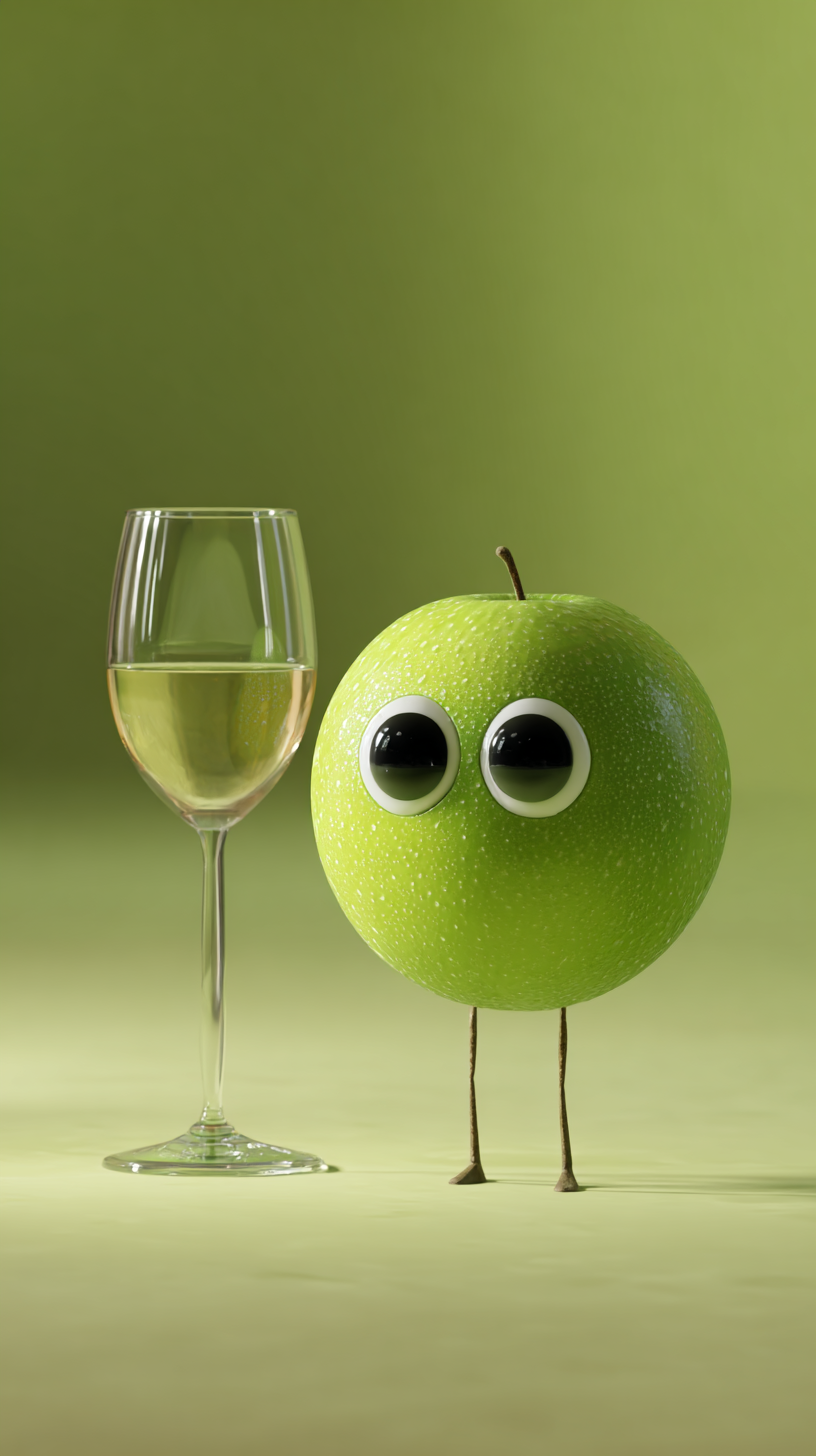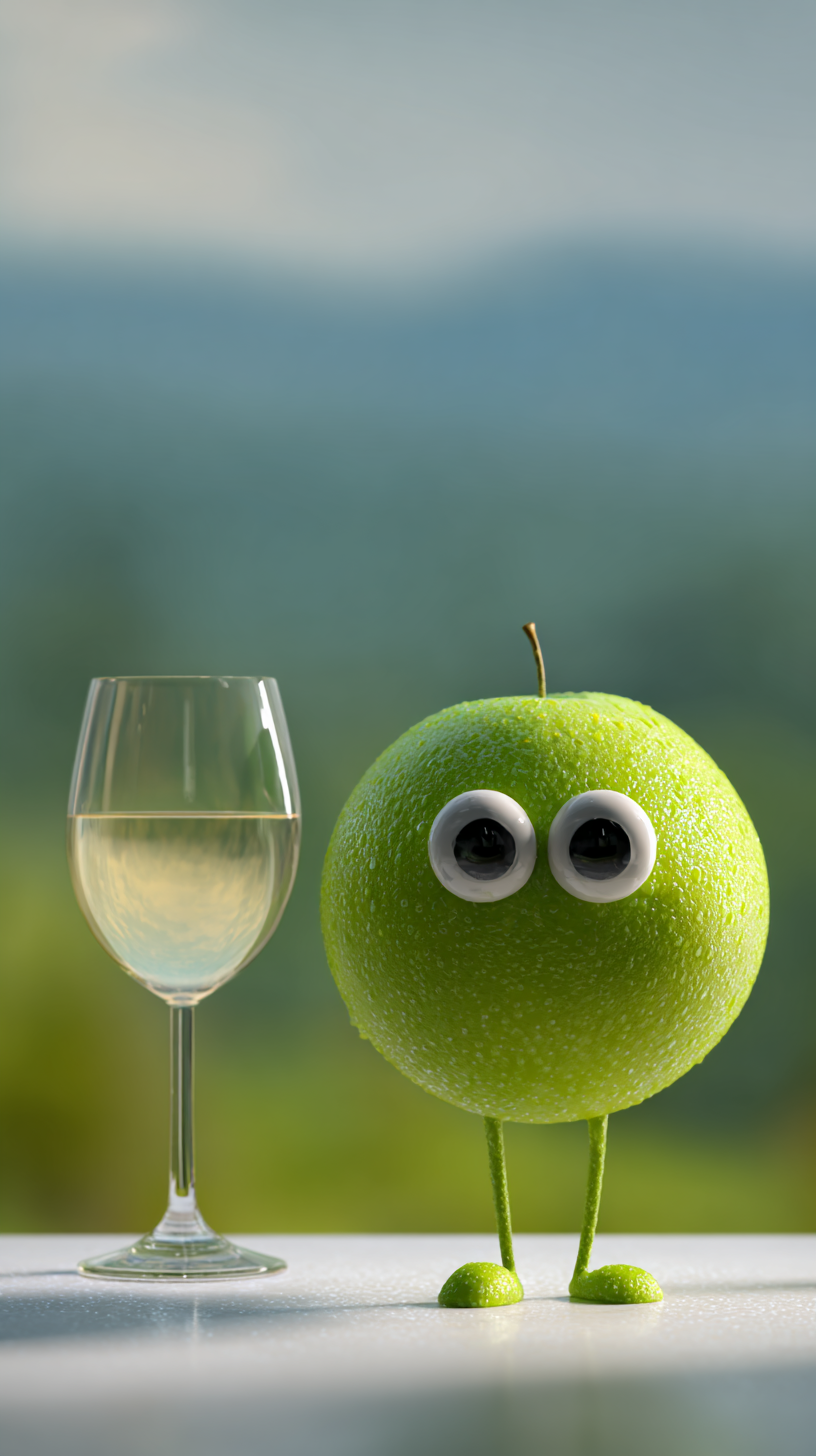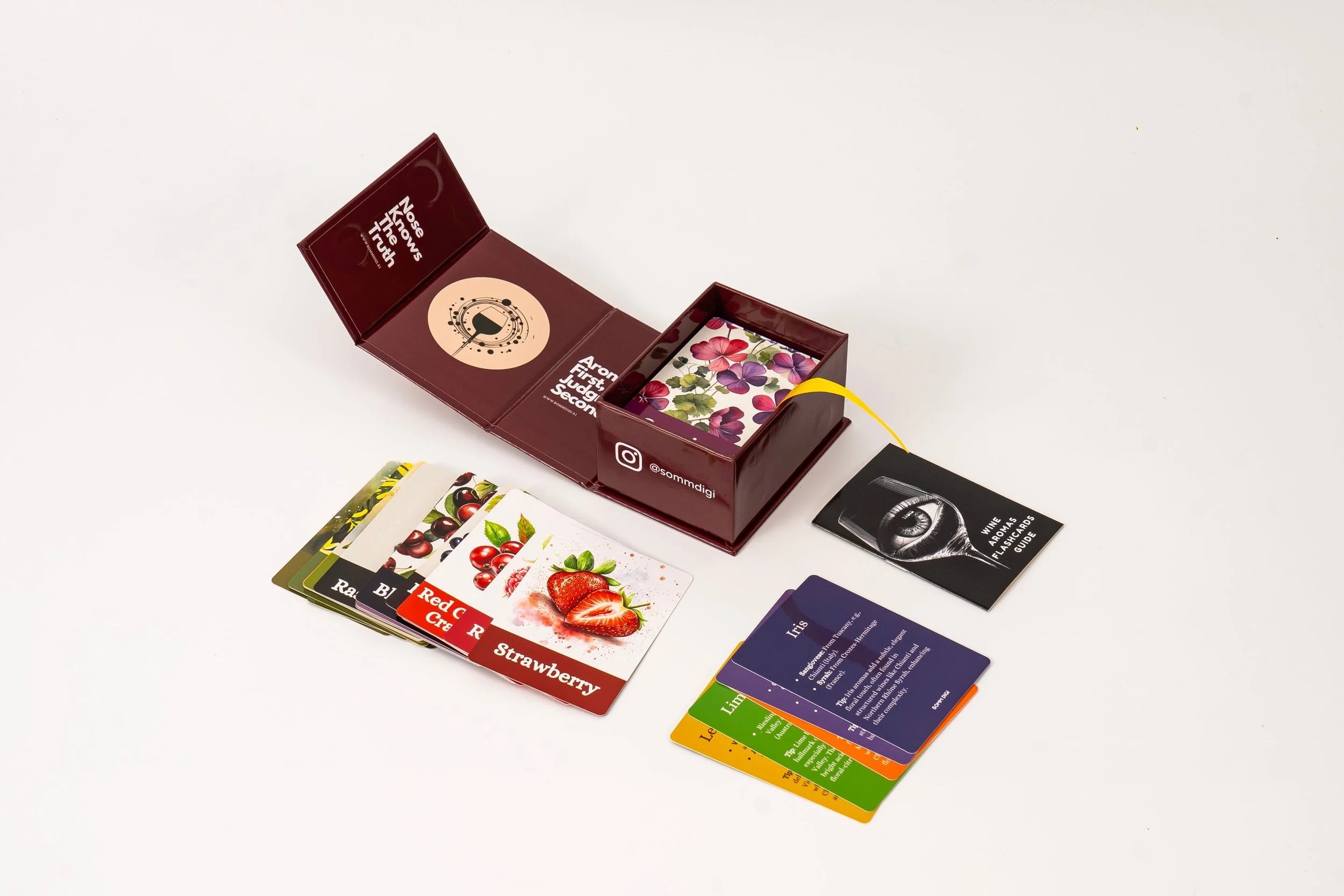Why Wine Tastes Like Green Apple (And Why That’s a Good Thing)
You know the smell. That first bite of a Granny Smith. Tart. Sharp. A little nostalgic. Now imagine that inside a wine glass.
Green apple isn’t just a tasting note. It’s a feeling. A clue. A spark.
And if you’ve seen it scribbled on a wine list or whispered by a sommelier mid-pour, you might wonder: what does it actually mean?
Let’s slice in.
Where That Green Apple Comes From: The (Simple) Science
Green apple in wine is born from chemistry and climate—but here’s the non-nerdy version:
Malic Acid is the main culprit. It’s the same naturally occurring acid found in green apples. Sharp, fresh, juicy. Wines high in malic acid often scream green apple without needing to try.
Then there’s ethyl hexanoate, a fruity ester that smells eerily like a just-cut apple. This compound forms during fermentation and adds that unmistakable apple crispness.
Put the two together and suddenly your wine’s singing.
Which Wines Taste Like Green Apple?
If you’re chasing that clean, crunchy tang, go for:
Chardonnay (Unoaked)
Especially from cool climates like Chablis. Think lemon zest, stone, and raw green apple skin.
Riesling
Dry styles from Germany or Austria. Razor-sharp acid and citrus-meets-apple crunch.
Grüner Veltliner
An Austrian white with bite. White pepper, lime, and a solid snap of green apple.
Sauvignon Blanc (Cool Climate)
Loire Valley or coastal New Zealand. Underneath the grass and citrus? A sour apple thread.
Albariño, Muscadet, Chenin Blanc (Unoaked)
These unsung whites often bring a juicy green-apple pop, especially when left bright and unoaked.
What to Look for on Labels
Words like "crisp," "zesty," "steely," or "unoaked" are your clues.
How Climate + Cellar Choices Shape That Flavor
Green apple doesn’t just show up. It’s built through decisions:
Cool Climates preserve malic acid in grapes, leading to higher tartness.
No Malolactic Fermentation (MLF) means malic acid stays sharp. (MLF softens it into something creamier, more like warm apple pie.)
No or Low Oak helps keep the apple clean and loud. Oak often layers in toast, spice, and vanilla that can drown that zingy freshness.
Not All Apples Taste the Same
Let’s be precise:
Green Apple = Raw, tart, electric. Youthful and bright.
Red/Yellow Apple = Softer, rounder, riper. Think orchard at sunset.
Baked Apple = Warm, spiced, often aged or oaked. Think autumn kitchen.
So when someone says green apple, it usually means you’re dealing with a young, high-acid wine—not something soft or spiced.
How to Catch Green Apple in a Tasting
Want to feel like a tasting wizard?
Smell: Close your eyes. Is it like biting into a Granny Smith?
Taste: Does it make your mouth water? Feel electric?
Think: Is this light, crisp, and unoaked?
If yes, then yep—that’s your green apple.
Final Sip: Why It Matters
Green apple isn’t fluff. It signals freshness. Precision. Youth. A wine that wakes you up, not one that wraps you in a blanket.
It’s the kind of note that pairs with sunshine, with oysters, with the kind of days that feel too short.
So next time it hits you in a glass? Smile. You just caught one of wine’s most honest signals.



